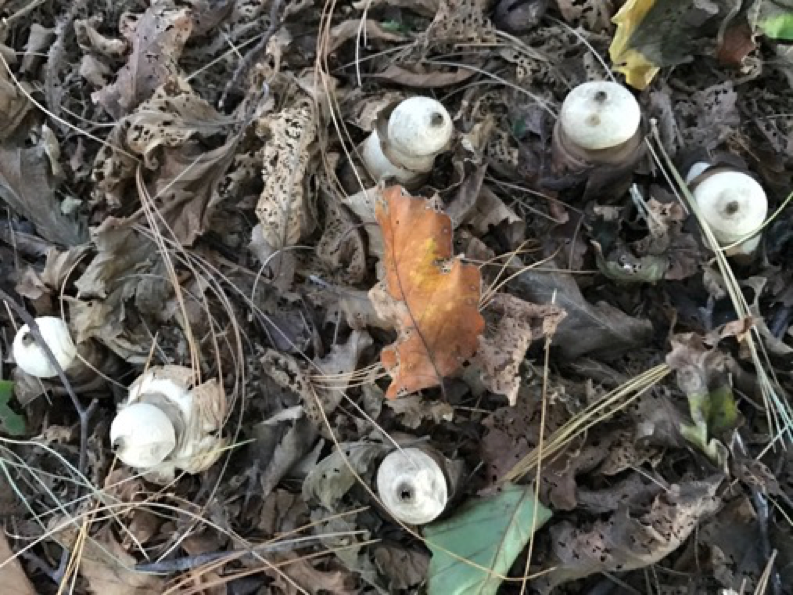Astraeus Hygrometricus
Astraeus hygrometricus is commonly known as the hygroscopic earthstar or the false earthstar.

Astraeus hygrometricus is commonly known as the hygroscopic earthstar or the false earthstar.
- Ecology: Commonly found in open or disturbed areas in woodlands; scattered to gregarious. Fruits from late fall to mid-winter but persisting in good condition for up to a year. Not edible. Distributed in America and Europe.
- Morphology: Fruit body: 1–5cm broad, round, outer wall gray to bown, exoperidium splitting into 6–15 pointed rays thick, leathery, the inner surface cracked, grey to brown becoming hard and leather-like when dry.
- Spore sac: 1–3cm broad, globose, buf-brown pallid to dark greyish, thin and papery opening by a slit or tear forming an irregular pore. Gleba at first white and cocoa-brown at maturity.
- Spores: brown, globose and finely warted, 7–10.5µ in diameter.

Sources:
- The Fungi of California. Copyright © 1997-2016 Michael Wood & Fred Stevens.
- Rogers Plants Ltd. © 2001-2016 All rights reserved.



 Print
Print Email
Email



